5 Badass Foods to Eat Before You Die
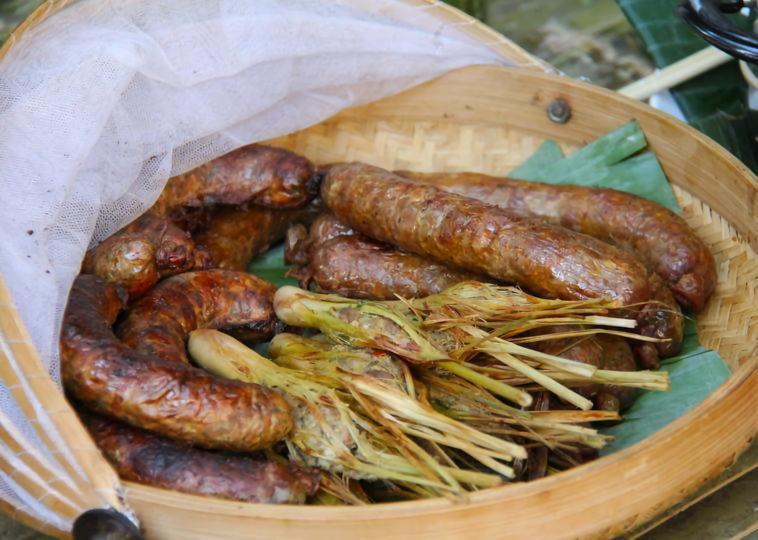
Tourism allows you to meet beauty from other places, traditions, languages, and even eating habits. Sometimes, you need a strong stomach and must keep all concerns away to try some bizarre foods worldwide.
Most of us eat the same foods daily, but now and then, we can try something exciting. There is nothing to beat by trying a new dish abroad and discovering a favorite meal you never knew existed.
Fried Grasshoppers
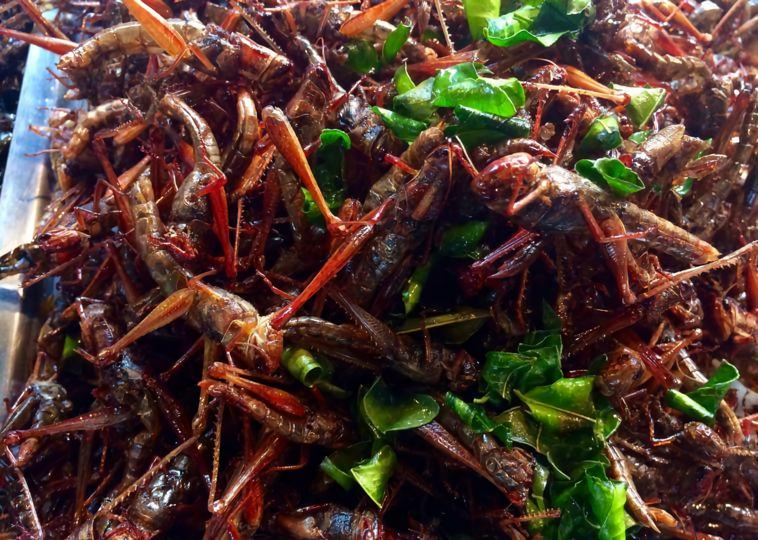
Fried grasshopper sales are mainly in parts of the world, especially in Asia and Mexico. Grasshoppers are rich sources of protein. You can find roasted grasshoppers in the streets of Asian countries. In Mexican streets, people roast grasshoppers with excellent pastes, garlic, and lime at low cost to get them from street sides.
Grasshoppers are loaded with protein and are a popular delicacy in many parts of the world. In Asia, they are fried and sold at street markets, while in Mexico, a type called chapulines is often served with lime and garlic. A sizeable old grasshopper seasoned with salt, pepper powder, and chili and fried in a large wok.
Bondage
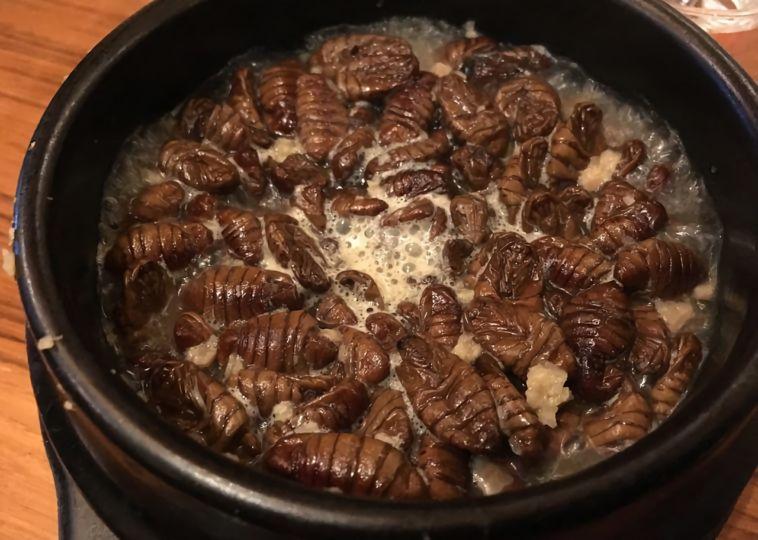
Beondegi is a pure silkworm; it can be found as a fried food in Korea’s small and broad market. Koreans used to add Beondegi sugar and soy sauce as additional ingredients. Since this pupa grows inside the tree, it tastes like parts of a tree.
It is available on the Korean market at a low cost and high in protein at the same time. Cooked or steamed and lightly seasoned, this is a popular snack throughout Korea and is usually sold by street vendors. Silkworms have been used for many generations for their unique silk threading.
Escamoles
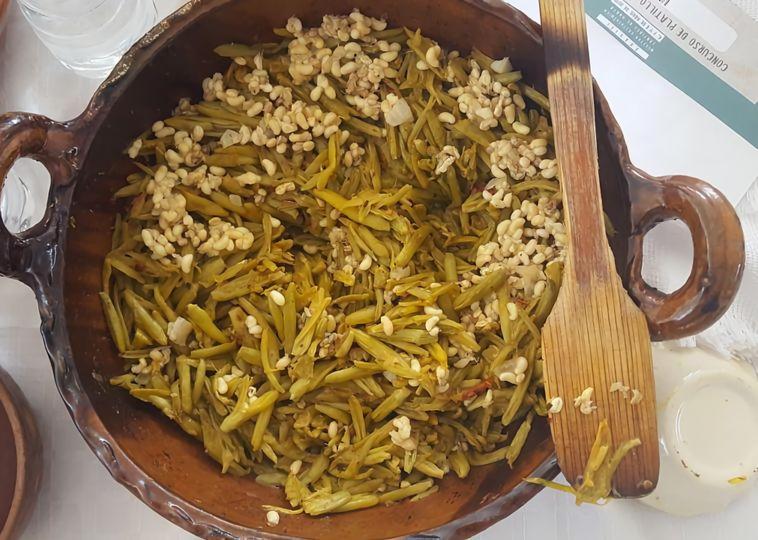
Escamoles are a species of ant larvae found as a rich nutrient food in central Mexico. These tiny egg-shaped larvae are harvested from maguey plants. Escamoles fried alone or cooked with butter and other types cost a little more in Mexico. You can also find Escamoles with other Mexican dishes.
This natural ant egg food can be in Mexico all year round. The light-colored eggs, harvested from maguey plants, resemble white grain or pine nuts. They have a poppy seed texture, are crispier when fried, and have a slightly nutty taste.
Hakarl
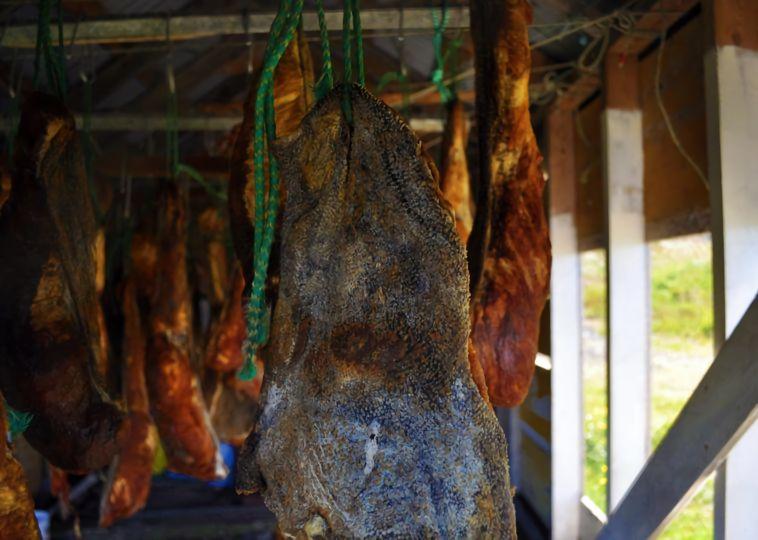
Hakarl is traditional Icelandic cuisine, which is dried meat from Greenland sharks. This strange seafood is served at Icelandic supermarkets all year round; Greenland shark’s fresh beef cannot be eaten because it is highly toxic due to its high urea content.
The rotting carcass of a Greenlandic or sunning Somniosidae shark is buried underground in a shallow pit and pressed with stones so that the toxic internal liquids that allow it to live in such cold water can be drained, making the meat safe to eat.
Century Eggs
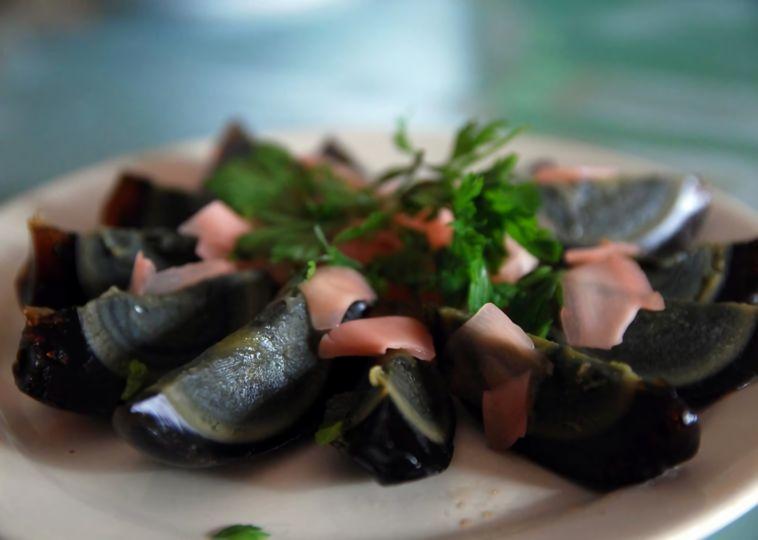
Century eggs are preserved from chickens, ducks, and quail, some of China’s strangest foods. It is called a preserved egg and a centenarian egg. The production of century eggs will take weeks to several months.
After being preserved in a mixture of clay, ash, and quicklime for a few months, the egg yolk becomes dark green or even black and slimy, while the white has turned into a dark brown, translucent jelly. It smells strongly of sulfur and ammonia but tastes like a hard-boiled egg.


